I'm looking at using two separate, floating supplies in a 20W power amplifier design to generate +24V, 0V, and -24V low-impedance rails. Some research suggests this is doable, and seems much less expensive than getting a dedicated split-output supply.
When I look at the block diagram for the Meanwell LRS-35, I see capacitors between -V, the metal frame, and protective earth (indicated with arrows in following image). If I connect two of these 'floating' supplies in series, I figure there will now be 24V DC across one of these capacitors during operation.
Do I need to be concerned about the (not specified) voltage rating of these capacitors? Or is this the wrong sort of power supply to use in this way?
